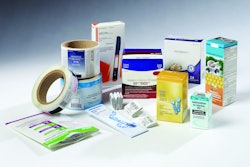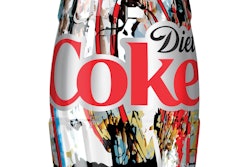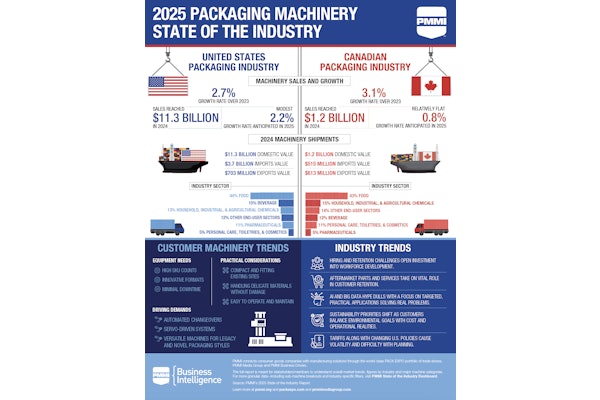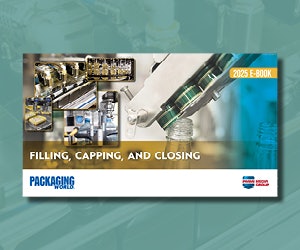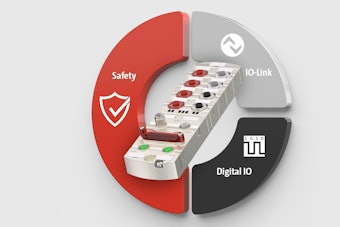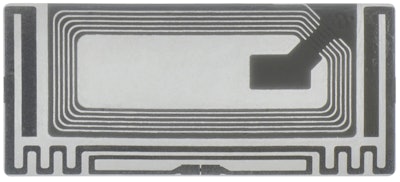
Checkpoint Systems Inc., a leading global supplier of merchandise availability solutions for the retail industry, today announced patent-pending dual RF-RFID labels that incorporate UCODE 7 chips from NXP.
The UNO Series helps retailers protect health, beauty, cosmetics, hard goods, and apparel merchandise categories using their current electronic article surveillance (EAS) infrastructures. At the same time, UNO delivers radio-frequency identification (RFID) benefits in inventory cycle counting and merchandise management for omni-channel fulfillment and auto replenishment.
The UNO Series with UCODE 7 chip requires less power for increased read-and-write sensitivity—providing faster performance in reading and encoding. It also provides greater broadband width, which enables improved functionality internationally, where the frequencies of readers’ RF signals vary from region to region. This means that regardless of the point of manufacture or destination location, the UCODE 7 will perform reliably.
UNO labels were specifically developed to provide a more affordable upgrade path, allowing retailers currently utilizing EAS protection to transition to RFID by providing the option to apply it to certain merchandise categories and still leverage the EAS infrastructure they already have at stores.
In fact, the first Checkpoint health and beauty retail customer has already begun implementing UNO labels with great success, improving its inventory visibility and reducing out-of-stocks. This retailer stated that because of the accurate inventory visibility with this new technology, it has now reduced its inventory counts and still improved out-of-stock metrics. A majority of Checkpoint EAS pedestals are already easily upgradeable with an available RFID kit.
“Most retailers have already begun moving or are already planning for RFID implementations in the near future,” says Uwe Sydon, Senior Vice President of Innovation, Checkpoint. “But many are wary of the migration path. UNO can be used immediately to simultaneously support loss prevention and merchandise visibility rather than having to switch labels and then upgrade later. This provides a straightforward, cost-effective path to RFID, eliminating the time and costs associated with starting from scratch.”
“With Checkpoint Systems leadership in EAS we see this as an excellent strategy and opportunity to drive increased RAIN RFID adoption throughout the global retail space,” says Suresh Palliparambil, Director of Sales, NXP Semiconductors. “This unique approach of combining the technologies in UNO resolves a retailer’s challenges of loss prevention and inventory management with one integrated solution, utilizing the EAS/RFID system expertise from Checkpoint and leading IC technology from NXP.”
UNO comes in both rectangle and square form factors. Its design incorporates the latest technology for EAS—Checkpoint’s Micro EP platform—and the most updated UHF design techniques with solid performance in a small form factor. It works with a variety of pedestals and the Evolve RFID EAS Overhead Solution.



